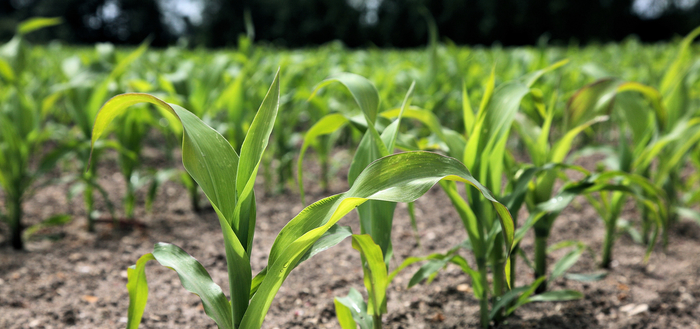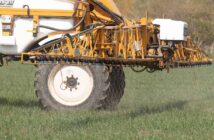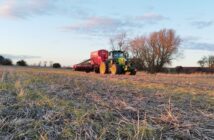Holding off maize planting might be the better option this year following extensive rainfall and flooding.
Waterlogged soils can impact establishment and hold back root development as this can limit oxygen supply.
Will Andrew, regional manager at Timac Agro UK, points to past weather patterns that have seen spells of dry weather occurring in late spring and says that there’s time for a nutrient fix.
“There are ways growers can manage the impacts of variable weather conditions to ensure effective germination, regardless of environmental pressures.
“Prioritise making the most of farmyard manure (FYM) and strengthen its value by using a starter fertiliser to help the plant establish well, even when drilled later on. FYM will play a key role in producing a profitable crop – it’s an excellent source of essential phosphate, potash, and nitrogen once the crop is up and away,” he says.
He notes that it was important for FYMs to be fully incorporated to ensure adequate breakdown and a greater availability of nutrients. “The plant needs an easily accessible and consistent source of nutrition from the beginning.
“That’s why we also advise drilling seed alongside a microgranular starter fertiliser, such as Physiostart, which provides an instant fix of essential soluble phosphorus and ammoniacal nitrogen from day one.”
Drilling should be done to a depth of between 25mm and 100mm, depending on the moisture levels, and soil temperatures be around 10 °C, at a depth of 100mm.
“Growers working with drier soils should aim to drill deeper, whereas wetter soils can be drilled closer to the surface,” he explains.
“Along with planting in optimum soil conditions, using a starter fertiliser acts as an insurance policy during a tricky growing season, ensuring the crop has what it needs to thrive as soon as it’s put into the ground.”




